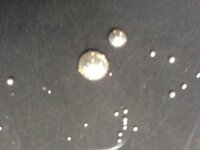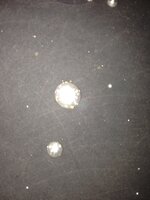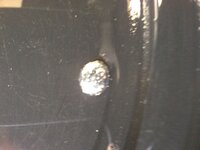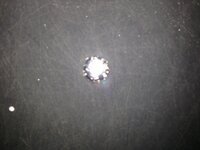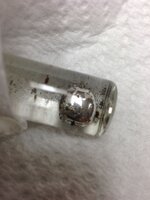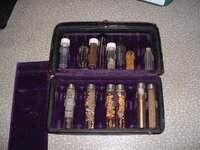khb19992000
Tenderfoot
- Jan 28, 2014
- 8
- 6
- Primary Interest:
- All Treasure Hunting
Hello,
I have couple of questions for anyone that can help. I have been prospecting on Sutter Creek in California for the last year or so. Everything I have found so far has been lots of fine gold and a few flakes. I've never hit bedrock until a couple weeks ago I finally found it. When I started digging the first two outings I started to find bigger flakes and more than I ever have. The gold that I have found has always had some mercury and the coated pieces I would separate to keep it from the clean gold. So, I went out yesterday hoping to find more and bigger (hopefully). I ran four buckets of 1/2" classified material through my gold hog mini high banker and when I turned it off the riffles were just filled with mercury, a crapload of balls of mercury. So I was hoping somebody could help explain what happened. Is this normal? I never really thought about it before but if I ever did find a concentration of gold should I expect it to be covered in mercury like this? The first pic is from the start of the bedrock diggings. The second two pics are the balls of mercury. I will get better pics when I get a chance to put it in a pan. Any help would be greatly appreciated.
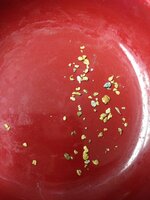
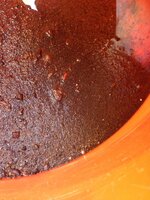
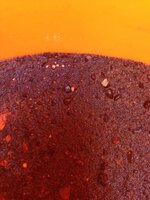
I have couple of questions for anyone that can help. I have been prospecting on Sutter Creek in California for the last year or so. Everything I have found so far has been lots of fine gold and a few flakes. I've never hit bedrock until a couple weeks ago I finally found it. When I started digging the first two outings I started to find bigger flakes and more than I ever have. The gold that I have found has always had some mercury and the coated pieces I would separate to keep it from the clean gold. So, I went out yesterday hoping to find more and bigger (hopefully). I ran four buckets of 1/2" classified material through my gold hog mini high banker and when I turned it off the riffles were just filled with mercury, a crapload of balls of mercury. So I was hoping somebody could help explain what happened. Is this normal? I never really thought about it before but if I ever did find a concentration of gold should I expect it to be covered in mercury like this? The first pic is from the start of the bedrock diggings. The second two pics are the balls of mercury. I will get better pics when I get a chance to put it in a pan. Any help would be greatly appreciated.



Upvote
0





